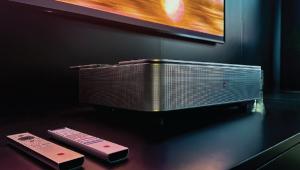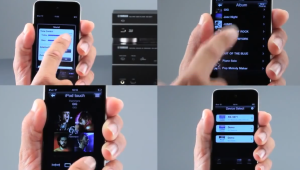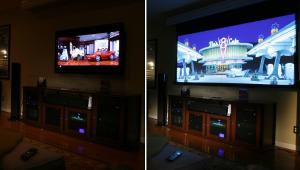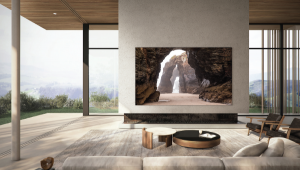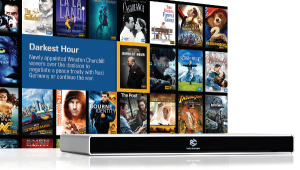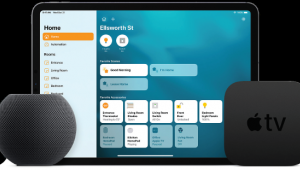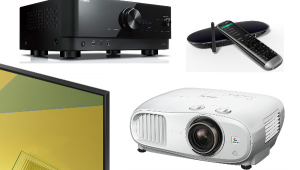HRA for the Masses

For the record, high-resolution refers to music recorded at better than CD’s 44.1-kHz/16-bit quality, usually 96-kHz/24-bit, typically written as “96/24.” (See my high-rez audio audio primer here).
While those in the know swear by high-rez audio’s better quality, espousing its open, airy dynamics, superior sonics and detail, and generally more lifelike “you are there” quality, it is certainly still anything but widespread. In fact, I’d estimate that high-resolution audio currently holds the same kind of audiophile status that Laserdisc once enjoyed amongst videophiles. And we saw how that worked out for LD. (Rest in peace, old friend. You served us well!)
It also isn’t new. In fact, better-than-CD-quality audio formats have given it the old college try multiple times over the years via Mobile Fidelity Sound Lab’s Ultradisc, DVD-Audio, Super Audio CD, DTS 96/24, etc. High-end audio processors, streamers, and DAC manufacturers have also been touting their high-rez capabilities for a while. Still, formats built around better sound have never managed to break into the mainstream, MP3/streamed audio is “good enough,” and high-rez audio seemed destined to whither as another niche product.
However, I started noticing a new push toward high-rez audio’s wider adoption beginning at last year’s CEDIA Expo when Sony made it a major part of its booth and press presentation with the introduction of several new high-rez audio-capable components. While Sony isn’t new to the high-rez audio game, having been at the forefront with SACD, they seem ready to give it another go.
According to CEA research, consumers are “ready to embrace high-resolution audio.”
Fast-forward to the 2014 International CES. An entire section in the Tech Zone was dedicated to it called “The Hi-Res Audio Experience.” Rebranded by the Consumer Electronic Association (CEA) with the hipper acronym, HRA, several manufacturers showcased the latest technologies and gave consumers a chance to experience the highest-quality audio for themselves. There were even three special HRA panels including, “Meet the Hi-Res Music Creators” moderated by Sound & Vision’s very own music Jedi, Mike Mettler.According to CEA’s research, consumers are “ready to embrace high-resolution audio.” In fact, the CEA findings indicate that 39 percent of consumers with a moderate interest in audio are willing to “pay more for high-quality audio electronics devices” and nearly 60 percent “are willing to pay more for higher-quality digital music.” Even more impressive is that nine in ten consumers claim “sound quality is the most important component of a quality audio experience.”
Certainly this push for greater public awareness—and the allure of people claiming a willingness to pay more for music!—will give the music industry more motivation to get behind HRA and give it a better shot at more widespread adoption this time around. Also helping is easier access to HRA via download services like HDtracks, Acoustic Sounds, Blue Coast Music, iTrax, and others. Now instead of a hit-or-miss selection at a local music store or waiting days for a shipment, you can be enjoying HRA in a few minutes with just a click.
Another boon is the proliferation of affordable devices—A/V receivers or streaming music players—that can stream and decode HRA FLAC files (often the format of choice) or play them via a connected USB drive.
A new Website, hiresaudiocentral, launches this spring to further educate and drive HRA’s awareness. According to Mettler, the site’s chief content officer, “The site will provide all sorts of content for new hi-res consumers and audiophiles alike—download and playback primers, hardware and soft ware reviews, interviews. In short, anything and everything that reflects and promotes the power of listening to and enjoying the substantial aural benefits of hi-res audio.”
Mettler perfectly sums up the benefits of HRA by saying it provides “the consumer the benefit of connecting more directly with the emotion and feel of music the way it was recorded, mixed, and mastered. The intent of the musicians, engineers, and producers comes across truer than ever in hi-res. And once you experience hi-res, you’re hooked.”


